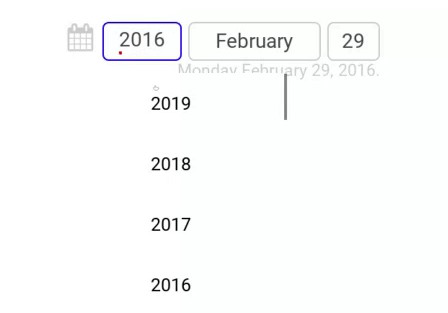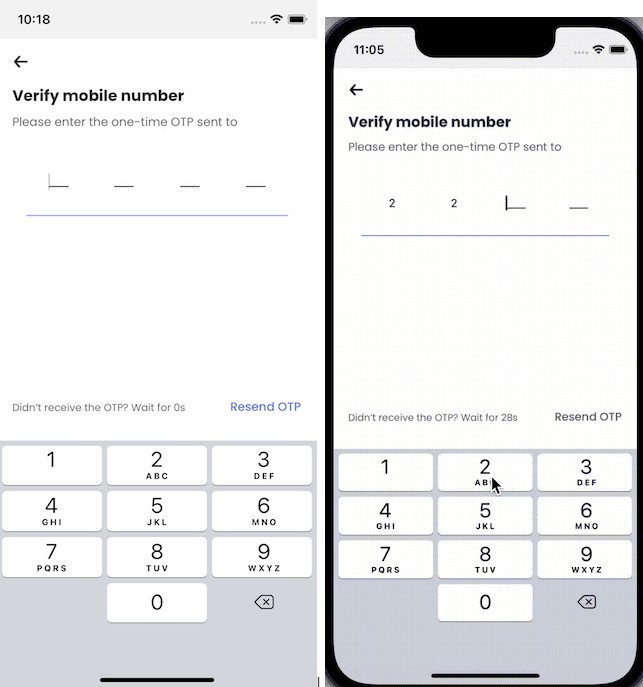react-native-error-boundary
A simple and reusable React-Native error boundary component.
Install
$ yarn add react-native-error-boundary
Usage
Using this component is really simple. First you have to import the ErrorBoundary
component. Then, you have to wrap it around any component that
could throw an error.
Basic
import ErrorBoundary from 'react-native-error-boundary'
const App = () => (
<ErrorBoundary>
<ChildrenThatCouldThrowEror />
</ErrorBoundary>
)
Logging errors
You can log the error by providing an onError function to the component.
import ErrorBoundary from 'react-native-error-boundary'
const errorHandler = (error: Error, stackTrace: string) => {
/* Log the error to an error reporting service */
}
const App = () => (
<ErrorBoundary onError={errorHandler}>
<ChildrenThatCouldThrowEror />
</ErrorBoundary>
)
Custom fallback component
You can customize the appearance of the fallback component by providing the FallbackComponent prop.
import ErrorBoundary from 'react-native-error-boundary'
const CustomFallback = (props: { error: Error, resetError: Function }) => (
<View>
<Text>Something happened!</Text>
<Text>{props.error.toString()}</Text>
<Button onPress={props.resetError} title={'Try again'} />
</View>
)
const App = () => (
<ErrorBoundary FallbackComponent={CustomFallback}>
<ChildrenThatCouldThrowEror></ChildrenThatCouldThrowEror>
</ErrorBoundary>
)
API
ErrorBoundary
These are the props that the ErrorBoundary component accepts:
| Property | Type | Required | Default | Description |
|---|---|---|---|---|
| children | React.Children |
true |
Components that may throw an error | |
| FallbackComponent | React.Component |
false |
FallbackComponent |
UI rendered when there's an error |
| onError | Function |
false |
Function for logging the error |
FallbackComponent
These are the props that the FallbackComponent receives:
| Property | Type | Default | Description |
|---|---|---|---|
| error | Error |
The thrown error | |
| resetError | Function |
A function to reset the error state |
Demo




